Despite Outrage, Most Domestic Flights Are Nowhere Near Capacity
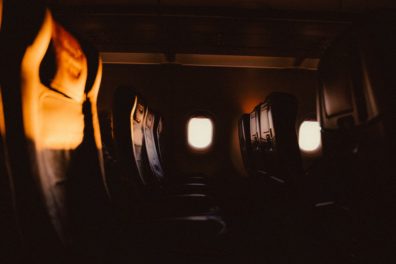
Despite Outrage, Most Domestic Flights Are Nowhere Near Capacity
It’s no secret that airline travel around the world has diminished greatly since the outbreak of coronavirus. But with so many stories about crowded flights and people complaining about social distancing, it can be hard to get a feel for the raw numbers behind the impacts. New data from Airlines for America gives us at least some information on what domestic flights look like in the U.S.
Key Findings
Here’s the key data from the study:
- Domestic flights average 39 passengers, an 83% decrease from the same time last year;
- Only 8.5% of domestic flights are over 70% full; and
- Seventy-three percent of flights are less than 50% full.
The data is not entirely shocking when taking into account the Transportation Security Administration’s (TSA) passenger screening data. The TSA is screening over 90% less passengers now than they were at the same time last year. The TSA data shows a slight increase this past week, and the agency saw more passengers on Sunday than any day since March.
It is not clear how much of these numbers relate to airline policies that promote social distancing. Major U.S. airlines have implemented policies that limit the number of seats sold to promote social distancing. There is a possibility that some of these numbers reflect those policies, and it therefore paints a less accurate picture of where demand might be if those practices weren’t in place. Even if that is the case, I don’t think it changes anything. Airlines should be free to implement social distancing policies on their own, but they should not be forced by the government or the outrage Twitter mob to do so.
Social Distancing Outrage
Of course, this is in sharp contrast to the coverage being reported by many news outlets. The outrage Twitter portion of society has taken to making it seem like every flight is maxed out. Social distancing is the new buzzword for people to use on planes to express anger. The data shows that coverage is largely outsized from the reality of the situation, given that most flights are nowhere near capacity. In fact, it seems as though 73% of flights naturally allow for some measure of social distancing on the flight.
When Frontier tried to find a great way to allow social distancing on flights, it was quickly criticized by the government and changed its policy. Other airlines have committed to limiting the number of seats sold, as a means to reassure passengers. I think the CEO of Qantas sums up the idea of social distancing on airplanes perfectly.
It’s important to note that this information is from a group that represents airlines. The data was obtained through airline submissions. Obviously, Airlines for America wants to show data that demonstrates a less positive picture for the airlines its represents. That’s not to say the data is inaccurate, but it’s an important note to take into account when examining the data. In fact, I think the data largely matches up with what TSA data shows and what individual airline CEOs have been saying about their capacity.
Bottom Line
The U.S. airline industry reports that, on average, domestic flights have 39 passengers on board. The data also shows that the majority of flights are anywhere near capacity, with 73% of flights having less than 50% capacity of passengers.
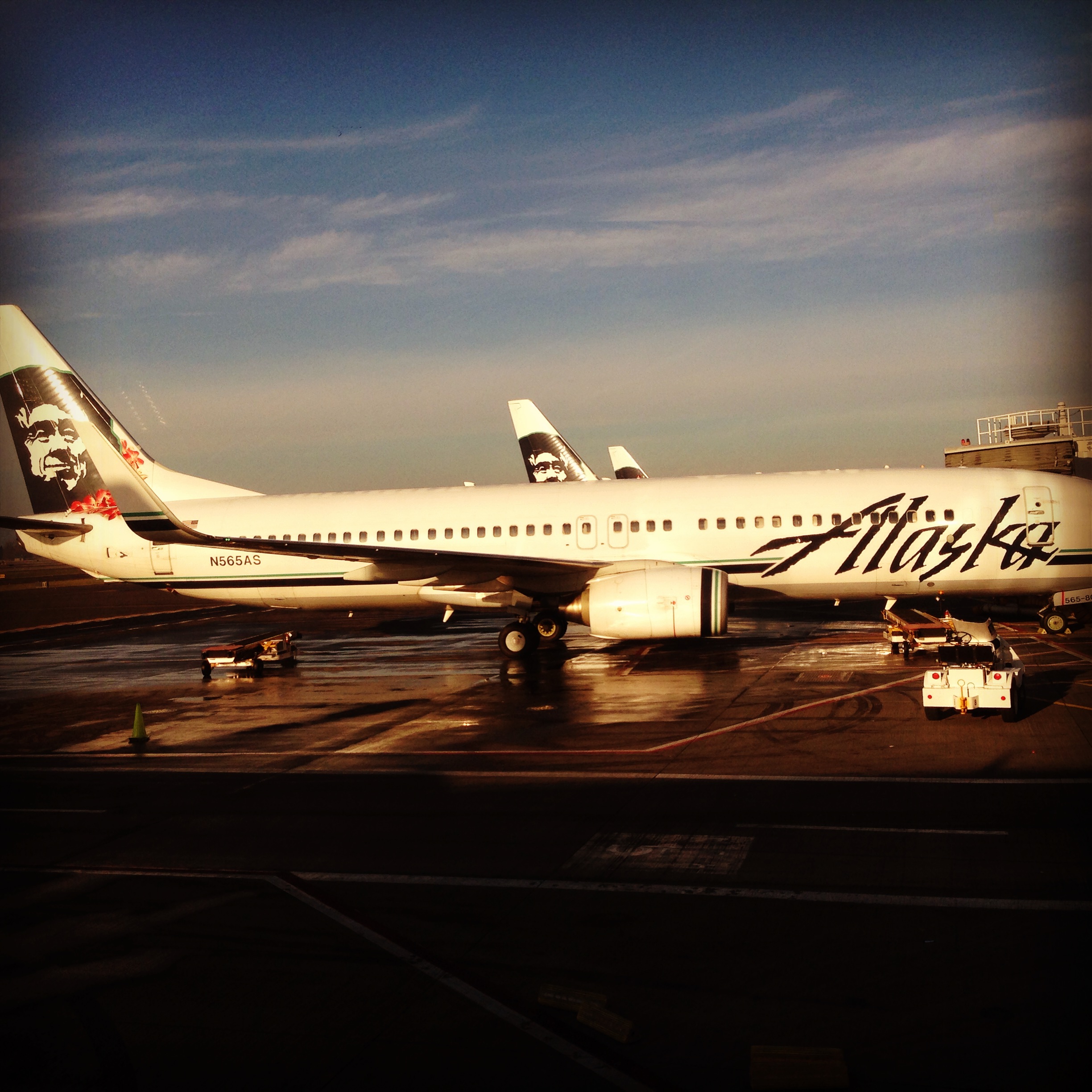
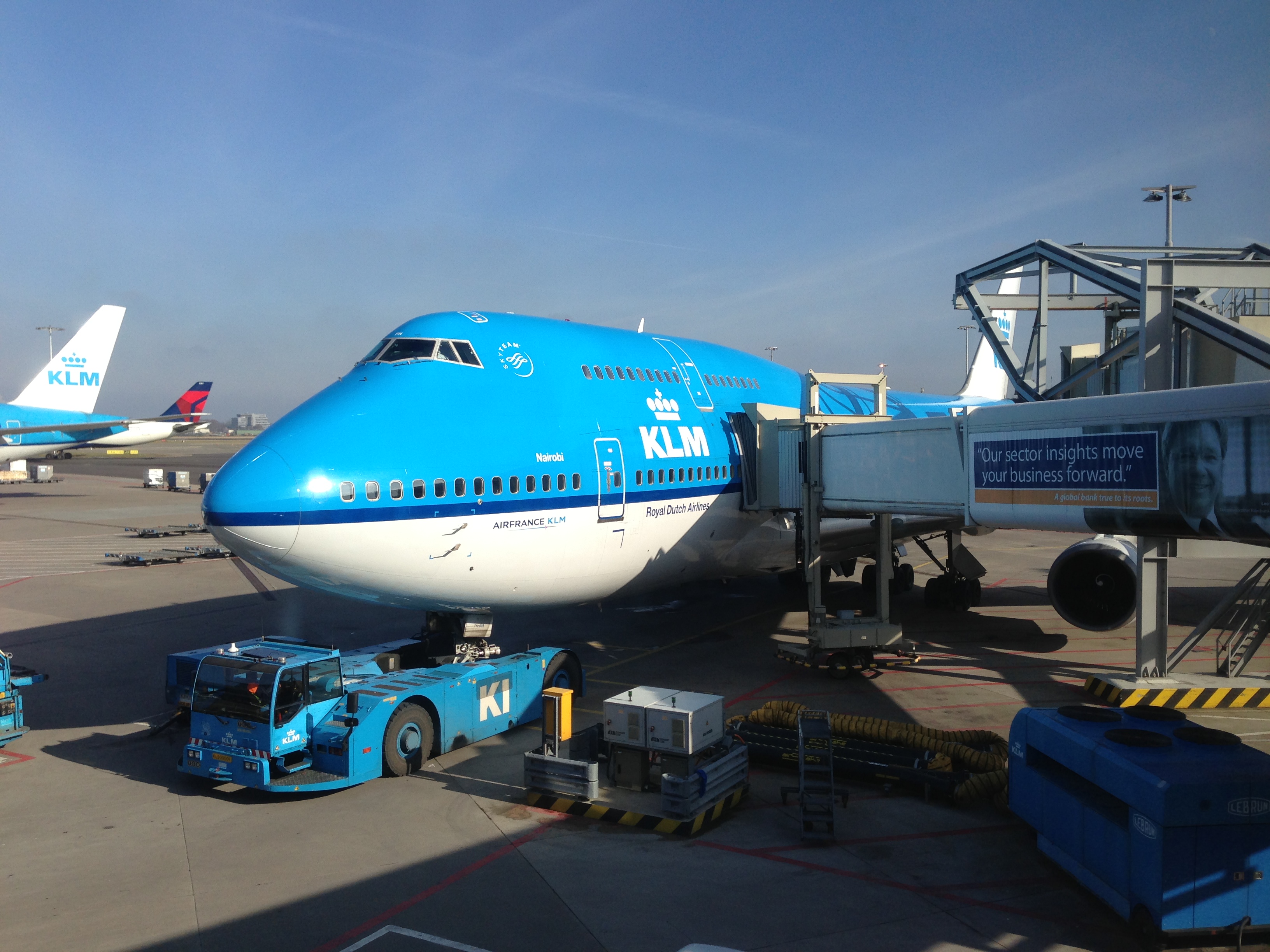
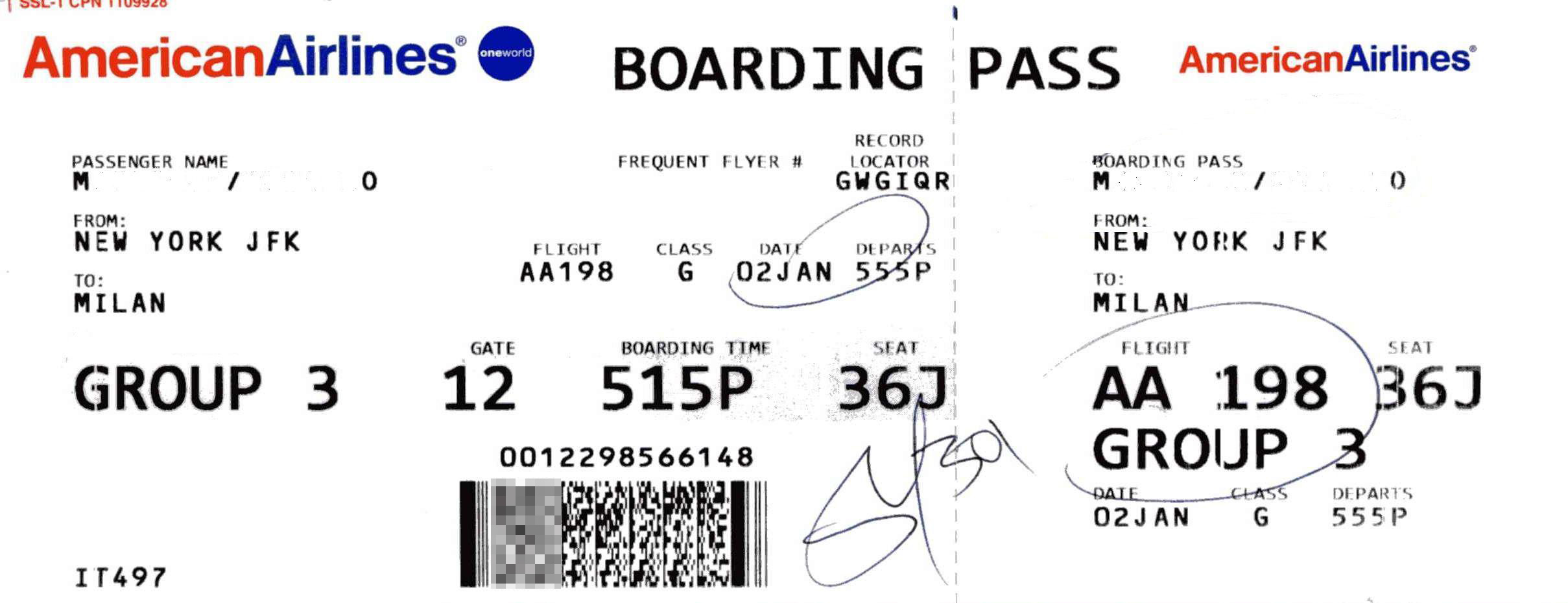
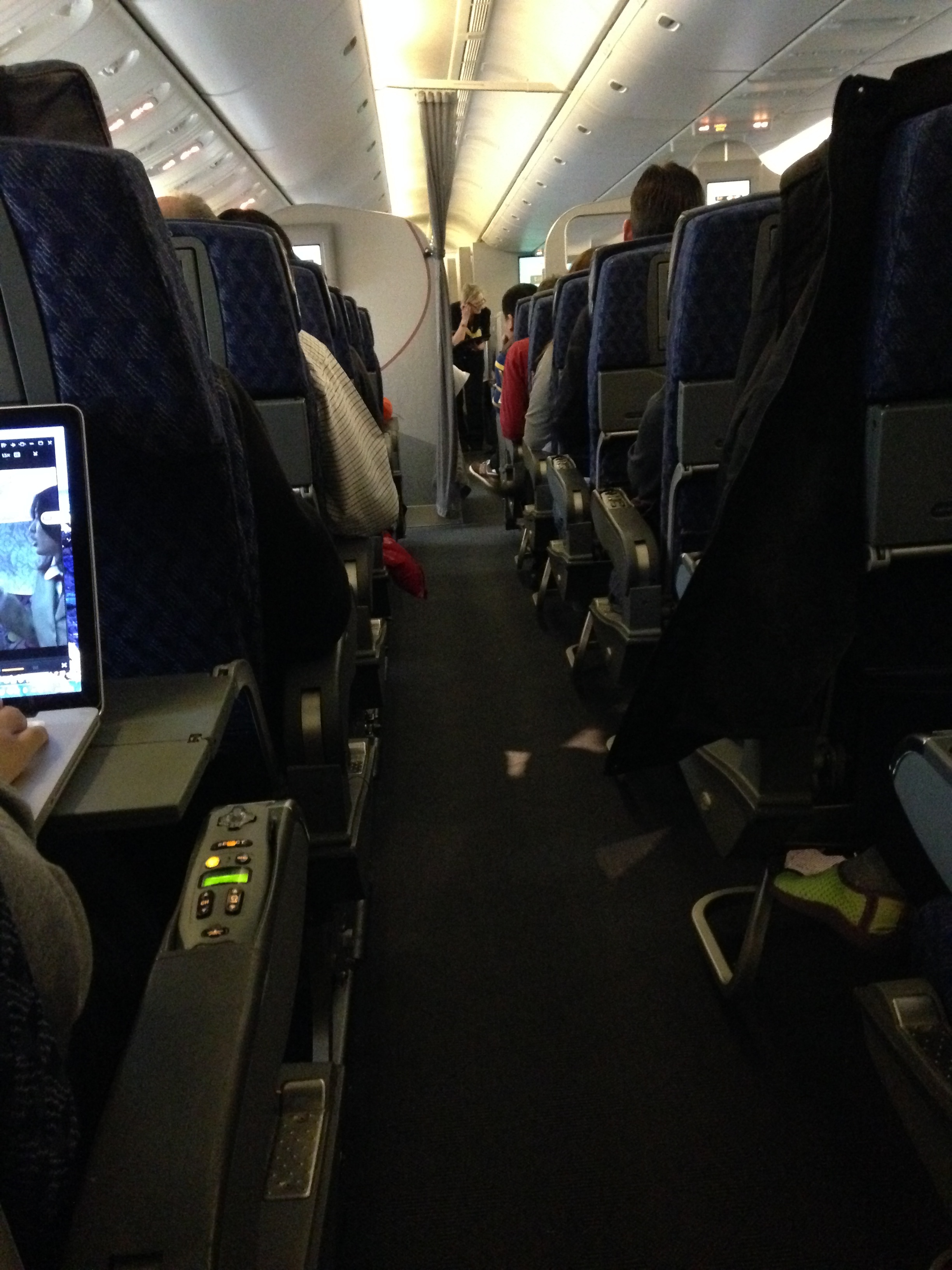
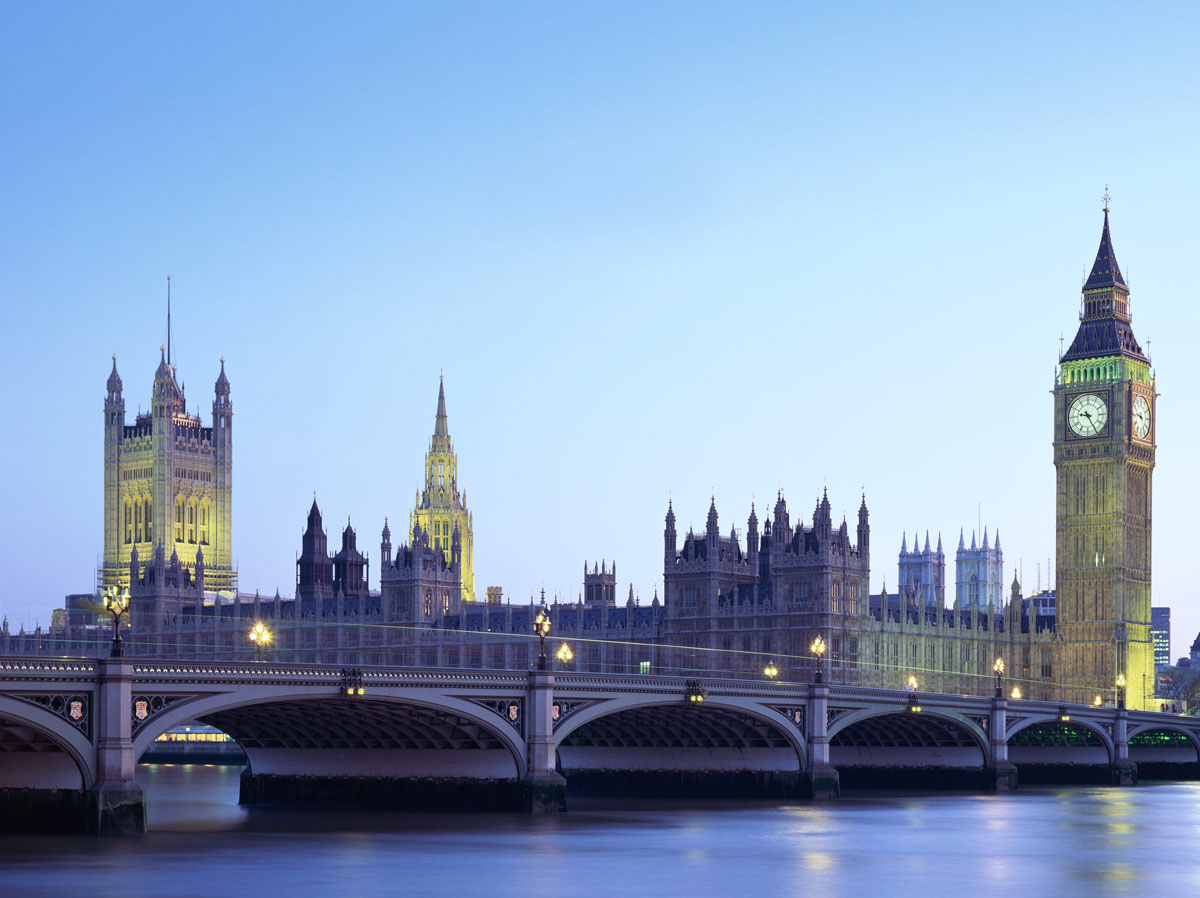
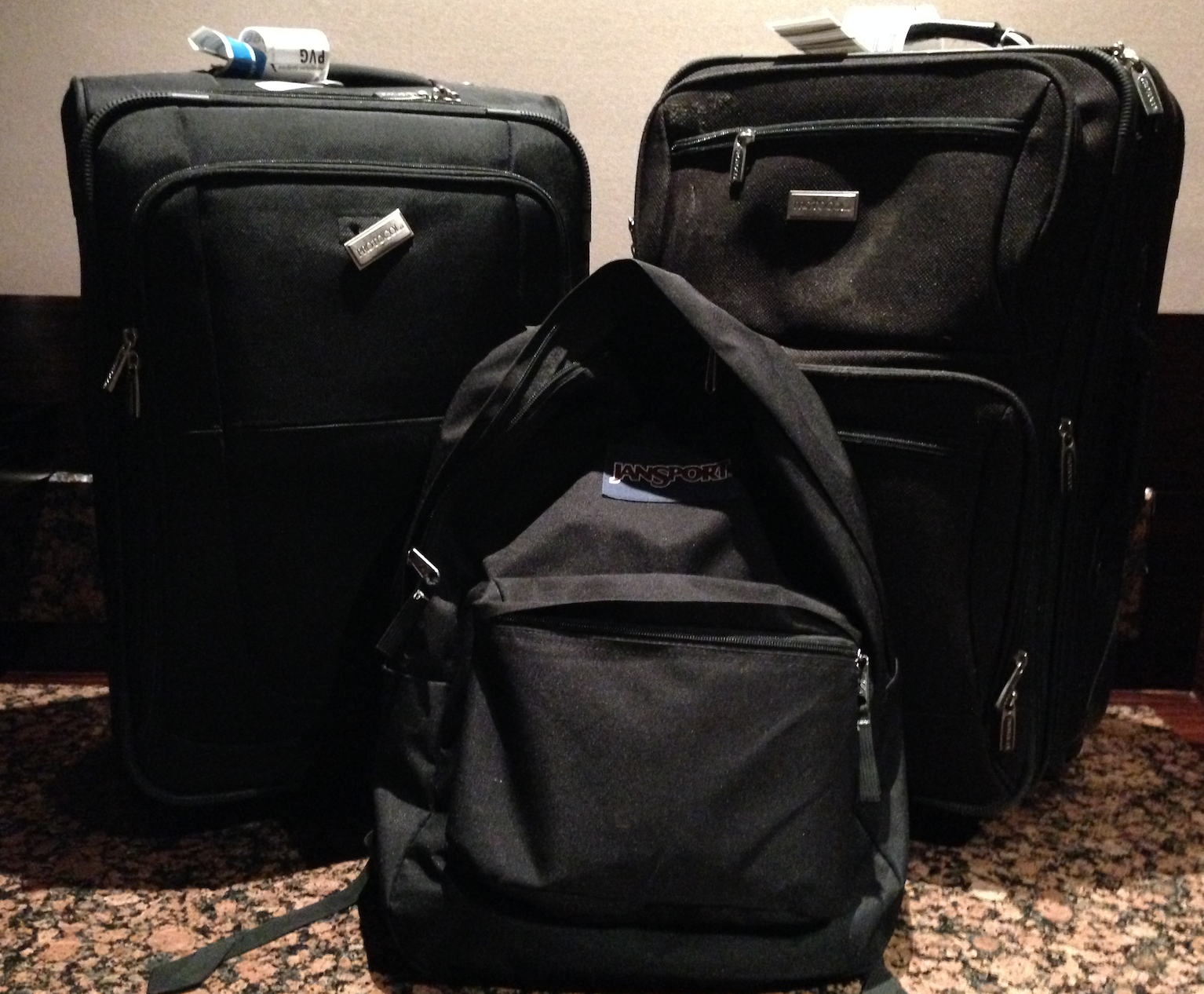

One Comment
Comments are closed.